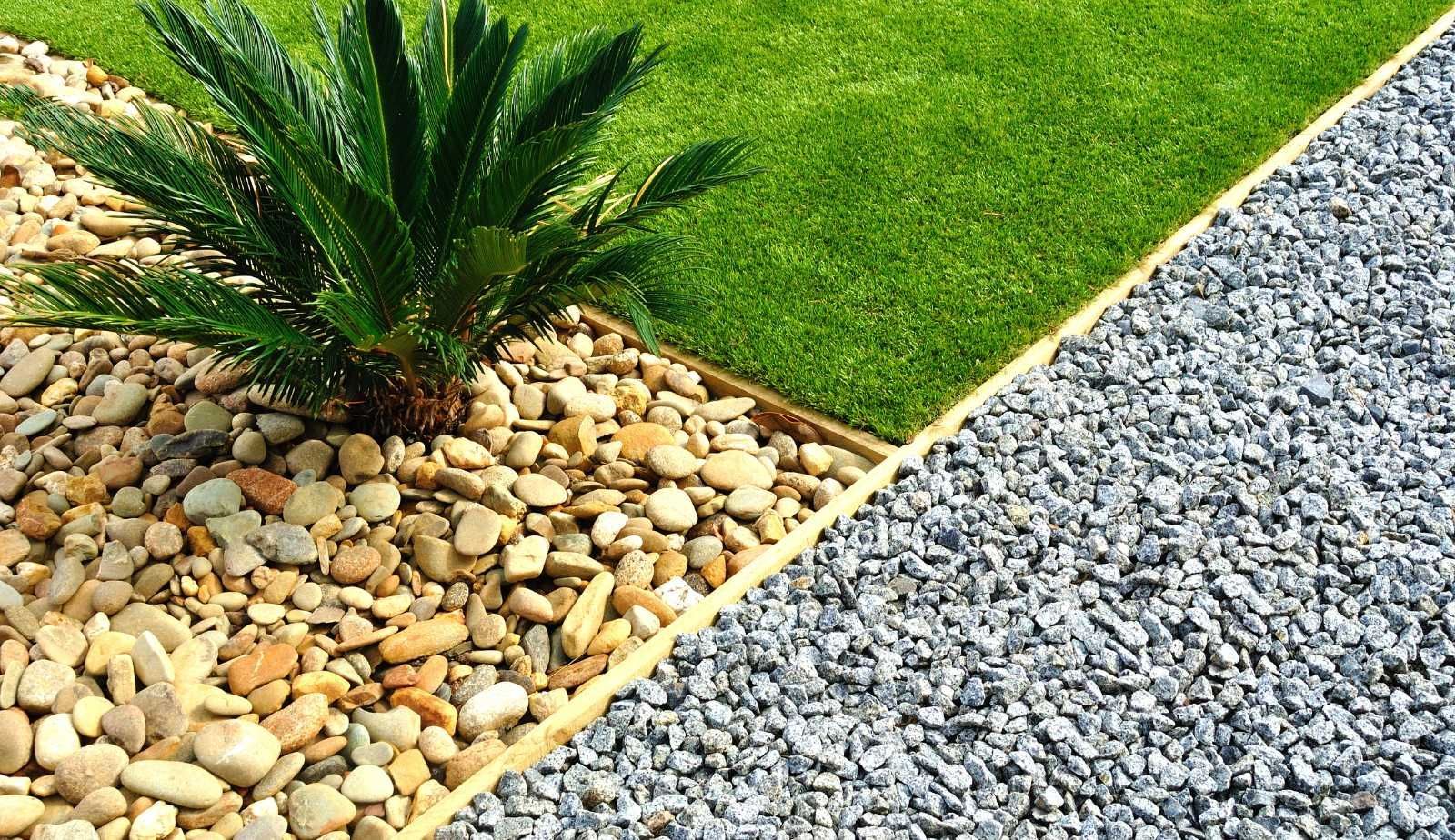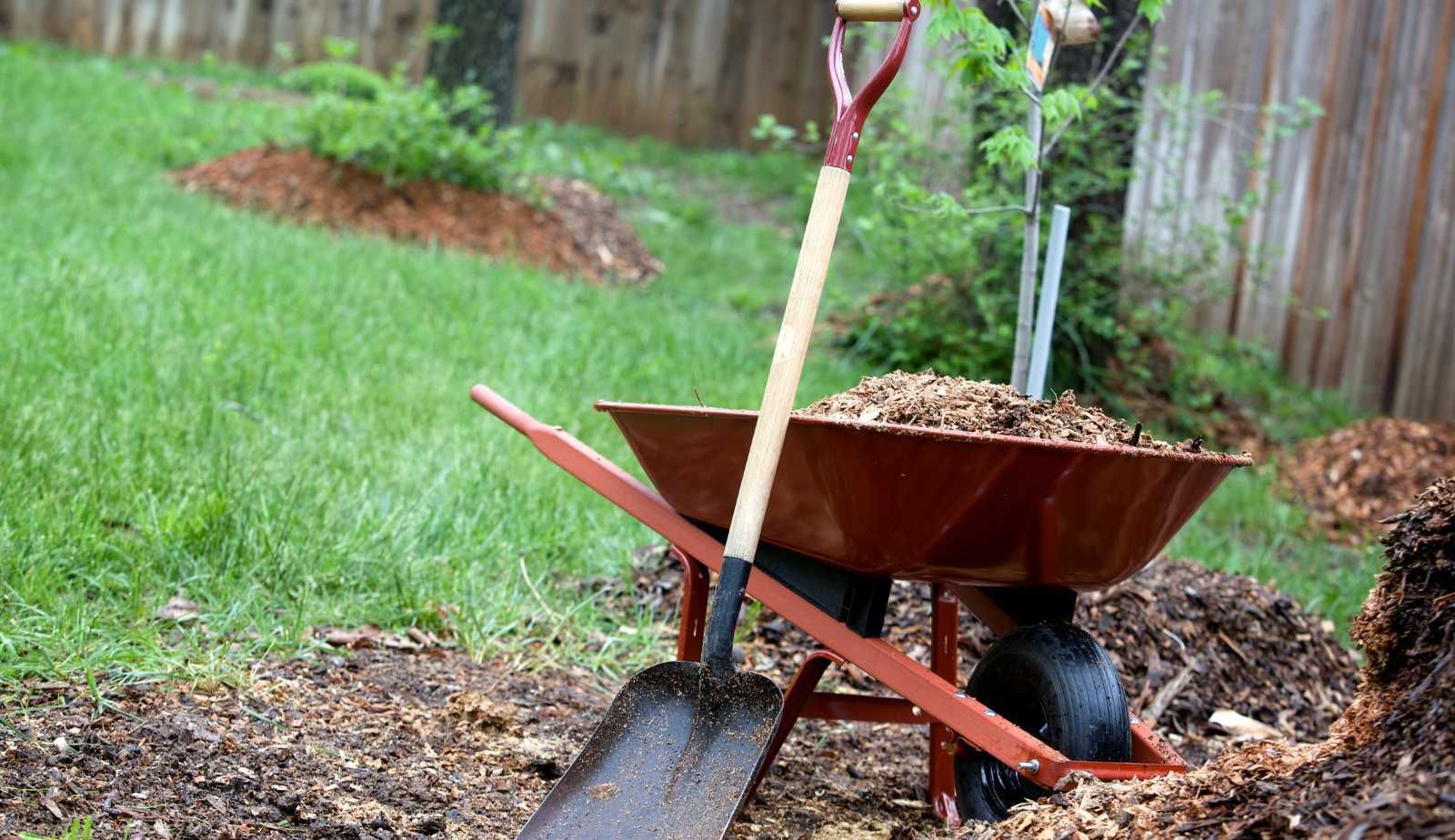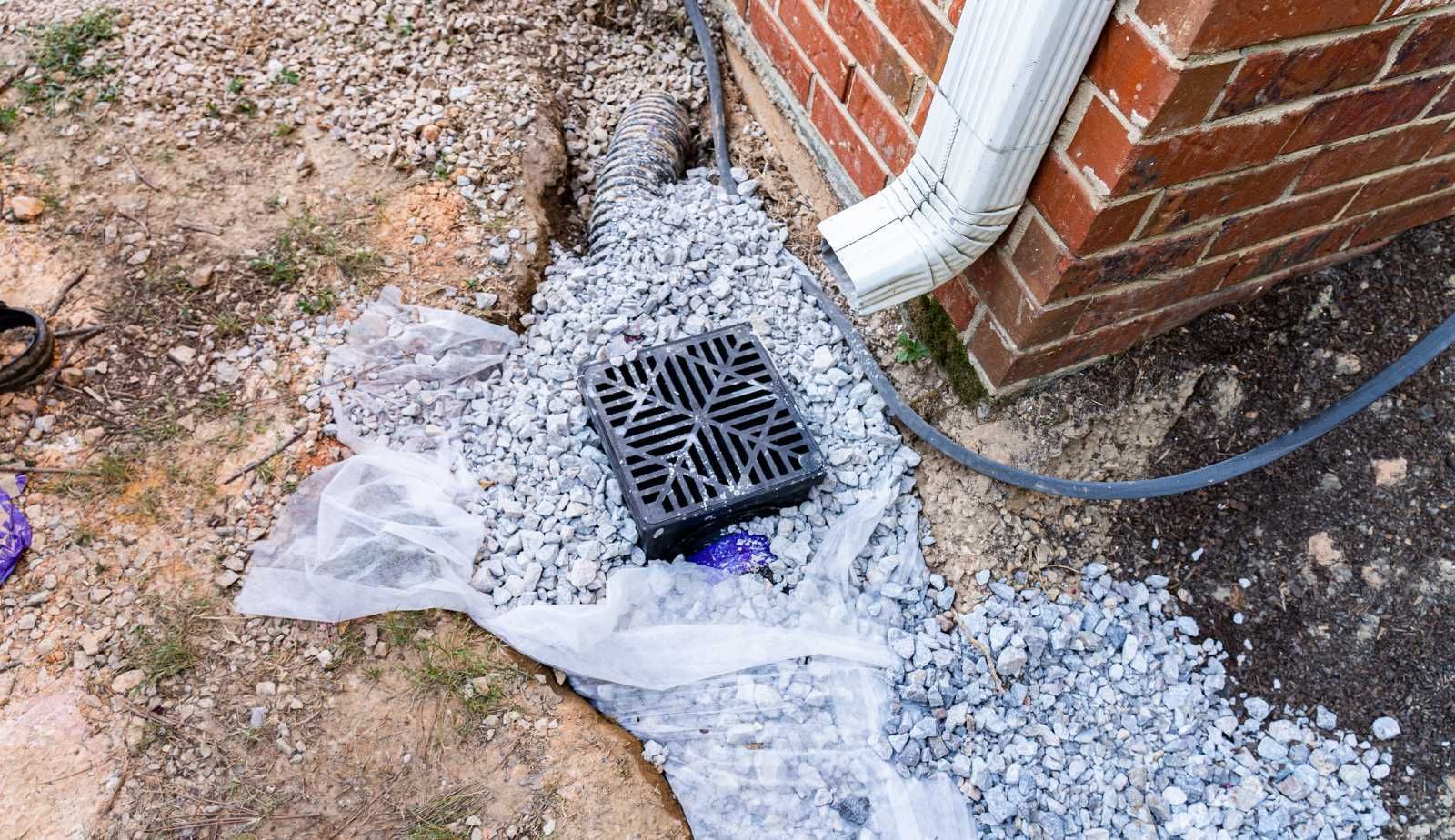Preventative Landscaping Techniques for Louisiana Homes to Mitigate Water Damage

Preventative Landscaping Techniques for Louisiana Homes to Mitigate Water Damage
Louisiana is no stranger to flooding, and homeowners in the state are well aware of the damage that water can cause to their properties. However, there are preventative measures that homeowners can take to mitigate water damage, and one of the most effective is through landscaping. By using landscaping techniques to direct water away from homes, homeowners can reduce the likelihood of water damage.
Assessing Vulnerability and Planning
Before implementing any preventative landscaping techniques, homeowners should assess their property's vulnerability to flooding. This can be done by checking local flood maps and consulting with a professional landscaper. Once the vulnerability has been assessed, homeowners can create a plan that includes soil and elevation strategies, plant selection and placement, water flow management, and structural and non-structural solutions.
Soil and Elevation Strategies
One of the most important aspects of preventative landscaping is the use of soil and elevation strategies. By properly grading the soil around the home, homeowners can direct water away from the foundation and prevent water from pooling around the home. Additionally, elevating the home can reduce the risk of flooding and water damage. By raising the home above the floodplain, homeowners can protect their property from floodwaters.

Key Takeaways
- Homeowners in Louisiana can use preventative landscaping techniques to reduce the likelihood of water damage to their homes.
- Before implementing any landscaping techniques, homeowners should assess their property's vulnerability to flooding and create a plan that includes soil and elevation strategies, plant selection and placement, water flow management, and structural and non-structural solutions.
- Soil and elevation strategies are important components of preventative landscaping and can help direct water away from the foundation and reduce the risk of flooding and water damage.
Assessing Vulnerability and Planning
Identifying Vulnerable Areas
Before implementing preventative landscaping techniques, it is important to identify vulnerable areas around the home. This can be done by examining the landscape and its surroundings to determine where water tends to accumulate during heavy rainfall.
Homeowners should inspect their property for any low-lying areas, such as basements, crawl spaces, and depressions in the yard, where water can accumulate. Additionally, they should assess the grading of their property to ensure that water flows away from the home's foundation.
Understanding Building Codes and Policies
It is important to understand building codes and policies related to flood-prone areas when planning preventative landscaping techniques. Homeowners should check with their local building department to determine if their property is located in a flood zone and if any special building codes apply.
Homeowners should consider purchasing flood insurance to protect their property from water damage. Flood insurance is not typically included in standard homeowners' insurance policies and must be purchased separately.
By assessing the vulnerability of their property and understanding building codes and policies, homeowners can plan and implement effective preventative landscaping techniques to mitigate water damage to their homes.
Soil and Elevation Strategies
Proper Grading and Elevation
One of the most effective ways to prevent water damage to a home is to ensure proper grading and elevation. This involves shaping the landscape around the home in a way that directs water away from the foundation. Proper grading means that the ground slopes away from the home at a rate of at least one inch per foot for the first six feet. This will help to prevent water from pooling around the foundation and seeping into the basement or crawlspace.
Elevation is also important, especially in areas that are prone to flooding. Homes should be built above the base flood elevation (BFE) to provide an extra layer of protection against floodwaters. The BFE is the level at which there is a 1% chance of flooding in any given year, also known as the 100-year floodplain.
Utilizing Swales and Rain Gardens
Swales and rain gardens are effective landscaping techniques that can help to direct water away from the home and reduce the likelihood of water damage. A swale is a shallow ditch that is designed to collect and channel water away from the home. It is typically lined with rocks or plants to help slow down the flow of water and prevent erosion.
Rain gardens are designed to capture rainwater and allow it to slowly soak into the ground. They are typically planted with native plants and shrubs that can tolerate wet conditions. Rain gardens can be located in low-lying areas of the yard where water tends to accumulate, or they can be strategically placed to intercept runoff from roofs and driveways.
Both swales and rain gardens can help to mitigate the effects of heavy rainfall and reduce the risk of flooding and erosion. They also provide habitat for birds and other wildlife and can enhance the aesthetic appeal of the landscape.
Proper grading, swales, and rain gardens are effective strategies for preventing water damage to a home. By taking proactive steps to manage water on the property, homeowners can reduce the risk of flooding, erosion, and other types of water damage.

Plant Selection and Placement
Choosing Native Plants and Trees
When selecting plants and trees for a Louisiana home's landscaping, it is important to consider native species. Native plants and trees are well-suited to the local climate and soil conditions, which means they are more likely to thrive and require less maintenance. Additionally, native vegetation can help prevent erosion, provide habitat for local wildlife, and improve overall biodiversity.
Some examples of native plants in Louisiana include Louisiana iris, Louisiana phlox, and spider lily. Native trees include bald cypress, southern magnolia, and live oak. These plants and trees are not only beautiful but also provide a range of benefits to the local environment.
Strategic Shrub and Tree Placement
In addition to selecting native plants and trees, the placement of shrubs and trees is also important in preventing water damage to a home. Shrubs and trees can act as natural barriers to redirect water away from the home's foundation and prevent soil erosion.
Strategic placement of shrubs and trees can also help to create a natural drainage system. For example, planting trees on a slope can help to slow down the flow of water and allow it to be absorbed into the soil. Additionally, planting shrubs and trees in low-lying areas can help to capture and retain excess water, preventing it from pooling around the home.
When selecting shrubs and trees for strategic placement, it is important to consider their size and root system. Trees with deep root systems, such as oak and hickory, are better suited for areas near the home's foundation, as they are less likely to cause damage. Shallow-rooted shrubs, such as azaleas and boxwood, can be planted farther away from the home's foundation.
Selecting native plants and trees and strategically placing shrubs and trees can be an effective way to prevent water damage to a Louisiana home. By working with the local environment, homeowners can create a beautiful and functional landscape that also helps to mitigate the risk of water damage.
Water Flow Management
Effective water flow management is essential to prevent water damage to homes in Louisiana. By incorporating permeable surfaces and designing for efficient drainage, homeowners can direct water away from their property and reduce the likelihood of water damage.
Incorporating Permeable Surfaces
Permeable paving is an effective way to manage water flow in landscaping. This type of surface allows water to seep through the material and into the ground, reducing the amount of stormwater runoff. Homeowners can use permeable surfaces such as gravel, permeable concrete, or porous pavers in their driveways, walkways, and patios to prevent water accumulation.
Designing for Efficient Drainage
Efficient drainage is crucial to managing water flow in landscaping. French drains and perforated pipes can be used to direct water away from the foundation of the home and prevent soil erosion. Gutters and downspouts should be regularly cleaned to prevent blockages and ensure water is directed away from the home.
Homeowners can design their landscaping to encourage water flow away from the foundation. For example, they can create a slope away from the home or install a swale to direct water towards a designated drainage area. By incorporating these preventative landscaping techniques, homeowners in Louisiana can reduce the risk of water damage to their homes.

Structural and Non-Structural Solutions
Preventative landscaping techniques can be divided into two categories: structural and non-structural solutions. Structural solutions involve the construction of physical barriers and retaining walls to prevent water from entering homes. Non-structural solutions focus on the use of vegetation and other landscaping techniques to reduce the impact of floods.
Creating Barriers and Retaining Walls
Creating barriers is an effective way to reduce flooding and prevent water from entering homes. Barriers can be constructed using a variety of materials, including concrete, brick, and stone. Retaining walls can also be used to prevent soil erosion and reduce the impact of floods. They can be constructed using a variety of materials, including concrete, brick, and stone.
Adopting Xeriscaping and Green Spaces
Xeriscaping is a landscaping technique that involves the use of drought-resistant plants and other vegetation to reduce the amount of water needed to maintain a healthy lawn. This technique can be particularly effective in areas prone to flooding, as it can reduce the amount of water that enters homes. Green spaces, such as parks and gardens, can also be effective in reducing the impact of floods. These areas can absorb water and reduce the amount of runoff that enters homes.
In addition to these solutions, it is important to reduce the amount of impervious surfaces in and around homes. Impervious surfaces, such as concrete and asphalt, prevent water from being absorbed into the ground and can increase the likelihood of flooding. By adopting preventative landscaping techniques, homeowners can reduce the impact of floods and protect their homes from water damage.
Frequently Asked Questions
What are the most effective plants to use in Louisiana for absorbing excess moisture in the soil?
Louisiana is known for its humid climate and high rainfall, which can lead to excess moisture in the soil. Some plants that are effective at absorbing excess moisture include ferns, hostas, and irises. These plants have dense root systems that can absorb water and prevent soil erosion. Additionally, native plants such as Louisiana iris, swamp milkweed, and buttonbush are well-suited to the state's climate and can thrive in wet conditions.
How can the slope of a yard be altered to improve drainage away from home foundations?
A yard's slope plays a crucial role in directing water away from home foundations. If a yard slopes towards a home, water can accumulate around the foundation and cause damage. To alter the slope of a yard, homeowners can add soil to raise the grade or remove soil to lower it. It is recommended to have a slope of at least 1% away from the foundation to ensure proper drainage. Additionally, installing a French drain or dry well can help redirect water away from the foundation.
What type of mulch or ground cover is best suited for preventing erosion and water accumulation in Louisiana landscapes?
Mulch and ground covers can help prevent erosion and water accumulation in Louisiana landscapes. Organic mulches such as pine straw, shredded leaves, and bark can absorb water and prevent soil erosion. Ground covers such as creeping phlox, vinca, and sedum can also help prevent erosion and improve drainage. It is important to choose the right type of mulch or ground cover for the specific landscaping needs and to replenish it as needed.
Which drainage systems are recommended for residential landscaping in areas prone to heavy rainfall?
In areas prone to heavy rainfall, it is important to have a drainage system that can handle excess water. French drains, dry wells, and catch basins are all effective drainage systems for residential landscaping. French drains are trenches filled with gravel that redirect water away from a specific area. Dry wells are underground structures that collect and store water for gradual release. Catch basins are designed to collect water and direct it to a drainage system.
How often should landscape features be inspected or maintained to ensure they effectively mitigate water damage?
To ensure landscape features effectively mitigate water damage, they should be inspected and maintained regularly. It is recommended to inspect landscape features at least twice a year, in the spring and fall. During inspections, homeowners should check for signs of erosion, standing water, and damage to drainage systems. Regular maintenance such as pruning, mulching, and cleaning gutters can also help prevent water damage.
Can the installation of rain gardens or swales be a beneficial addition to Louisiana homes for water management?
Rain gardens and swales are effective tools for water management and can be a beneficial addition to Louisiana homes. Rain gardens are designed to capture and absorb rainwater, allowing it to slowly infiltrate the soil. Swales are shallow ditches that are designed to collect and redirect water away from a specific area. Both rain gardens and swales can help prevent erosion, improve soil quality, and reduce the risk of flooding. However, it is important to design these features to ensure they are effective and do not cause unintended consequences.
You might also like
DryMax Restoration Blogs




